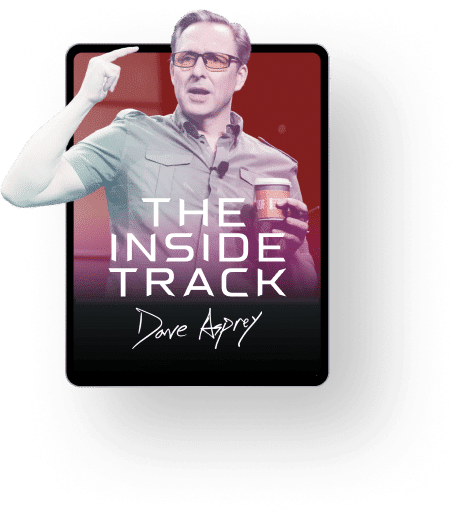
Get on
“The Inside Track”
with Dave
Subscribe to become an “Insider”, and receive weekly biohacking tips and tech directly from Dave to start hacking your way to stronger mental performance and physical results.

Subscribe to become an “Insider”, and receive weekly biohacking tips and tech directly from Dave to start hacking your way to stronger mental performance and physical results.
Receive weekly biohacking tips and tech by becoming a Dave Asprey insider.